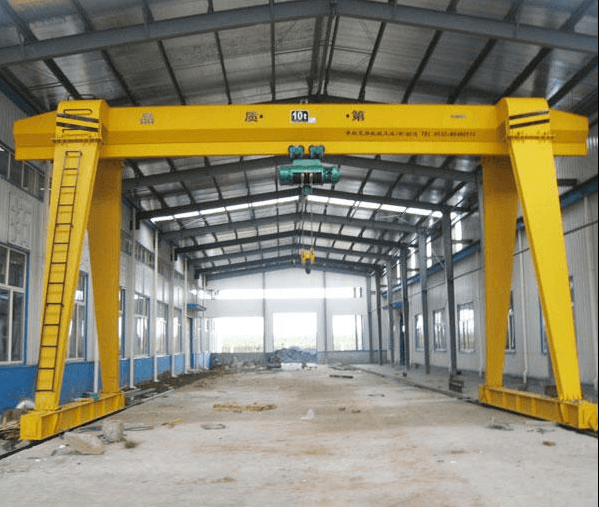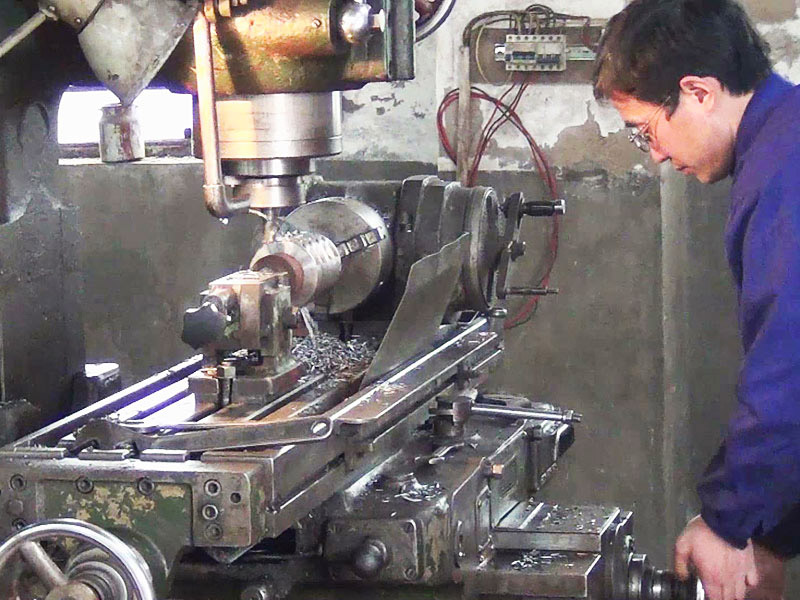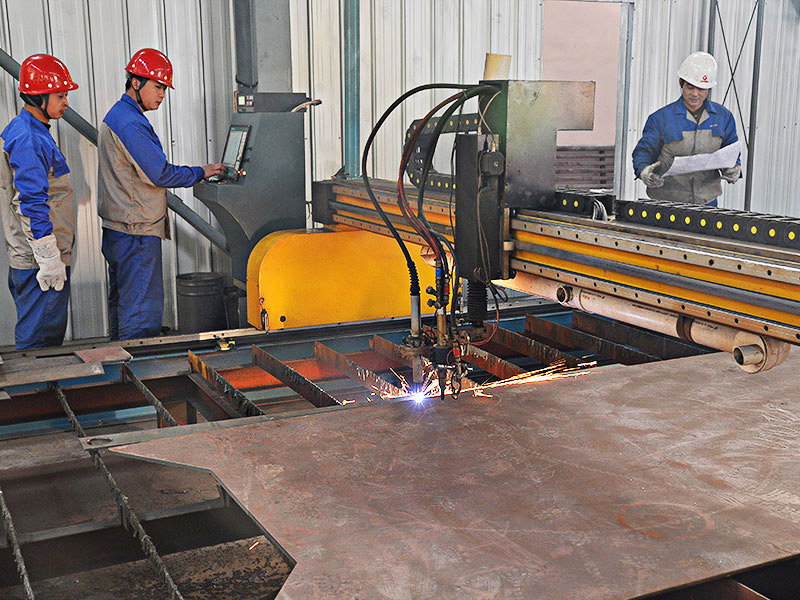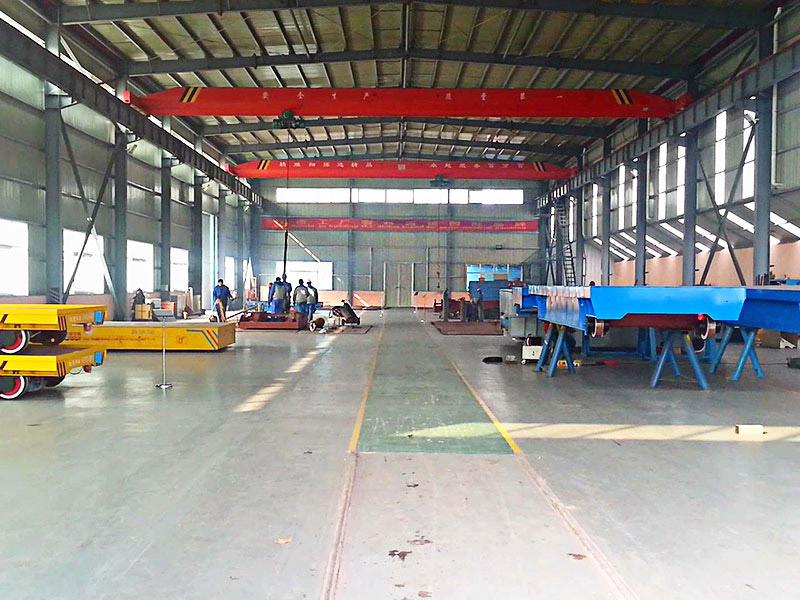Electric flat carts
2022-05-23
When a waterproof membrane is used for clothing, it is usually very light and fragile, similar in thickness and weight to a plastic rubbish bag. These layers are sandwiched between two layers of fabric that are chemically bonded together. It is important that the fabric is seamless, as this will create non-waterproof holes in the layers. This multi-layered material is then placed inside the garment, generally along with additional layers of protective padding. These electric-flat-cart slayers are common for jackets and footwear as they are usually made of multiple layers anyway.
In industrial electric flatwork, the majority of waterproofing membranes are around the foundation and basement walls. These layers are usually placed strategically inside concrete walls, along the outer surface of flooded areas or around buildings. As people do not need to wear them, they are thicker and more durable than those found in garments, but are still subject to accidental punctures. In addition to synthetic membranes, some buildings use layers of natural materials to stop the movement of water, or to direct it to specific areas.
.jpg)
When placed inside a wall, the actual construction of the waterproofing membrane that is inside the garment is almost identical. The membrane is bonded to other materials, often directly to the wall or to a hard secondary material that is placed in the wall cavity. These layers allow water to penetrate one half of the wall, but prevent it from penetrating to the other half.
Exterior waterproofing membranes are usually not sandwiched like interior membranes and are therefore designed to be much stronger. Most are placed directly on the exterior of the building, preventing water from entering at all. These are common in most new buildings and are considered to be part of a standard building envelope.









.jpg)



